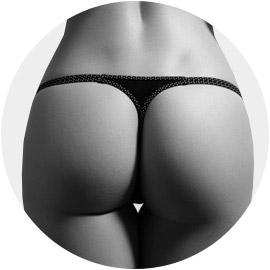Questions about Facelifts
Non-Surgical Alternative?
BOTOX®, injectable fillers, microdermabrasion, and chemical peels are examples of some non-surgical procedures that can assist in smoothing out wrinkles, improving fine lines and adding facial volume. These procedures also help to even out skin tone. However, these are treatments that will only affect the skin’s surface. Patients with loose skin, drooping jowls or a sagging neck will need to consider surgery if they want these features improved.
For some patients, there are also less invasive options such as double chin liposuction with J plasma.
Will I Look Fake after a Facelift?
In the days immediately following Facelift Bellevue Surgery, patients will feel tight and pulled. These are some short-term effects, but they will subside. It’s important to find a reputable surgeon skilled in facial surgery. Surgeons who know what they are doing will make every effort to work within the confines of the patient’s bone, skin and muscle structures so a younger, more natural look can result. It is unlikely you will need a facelift revision.
Visible Scars?
Facelift Seattle Surgery does require a long incision. However, in almost all cases, these scars are well hidden as they fall just along the hairline and around the ears in the natural folds of the scalp. In most cases, the scars should be barely visible to the naked eye.
Best Age for a Facelift?
The common age range for patients who undergo a facelift is between 50-70. It is safe to say most patients will look 5-10 years younger following a Facelift Kirkland Procedure. Younger patients (40-50 years old) generally have stronger skin elasticity so their results may last longer than those of someone older. However, older patients may have results that appear more dramatic and, for them, this can be very worthwhile. Patients should think of a facelift as a process to turn back the aging clock. You will still age, but you will appear a few years younger.









